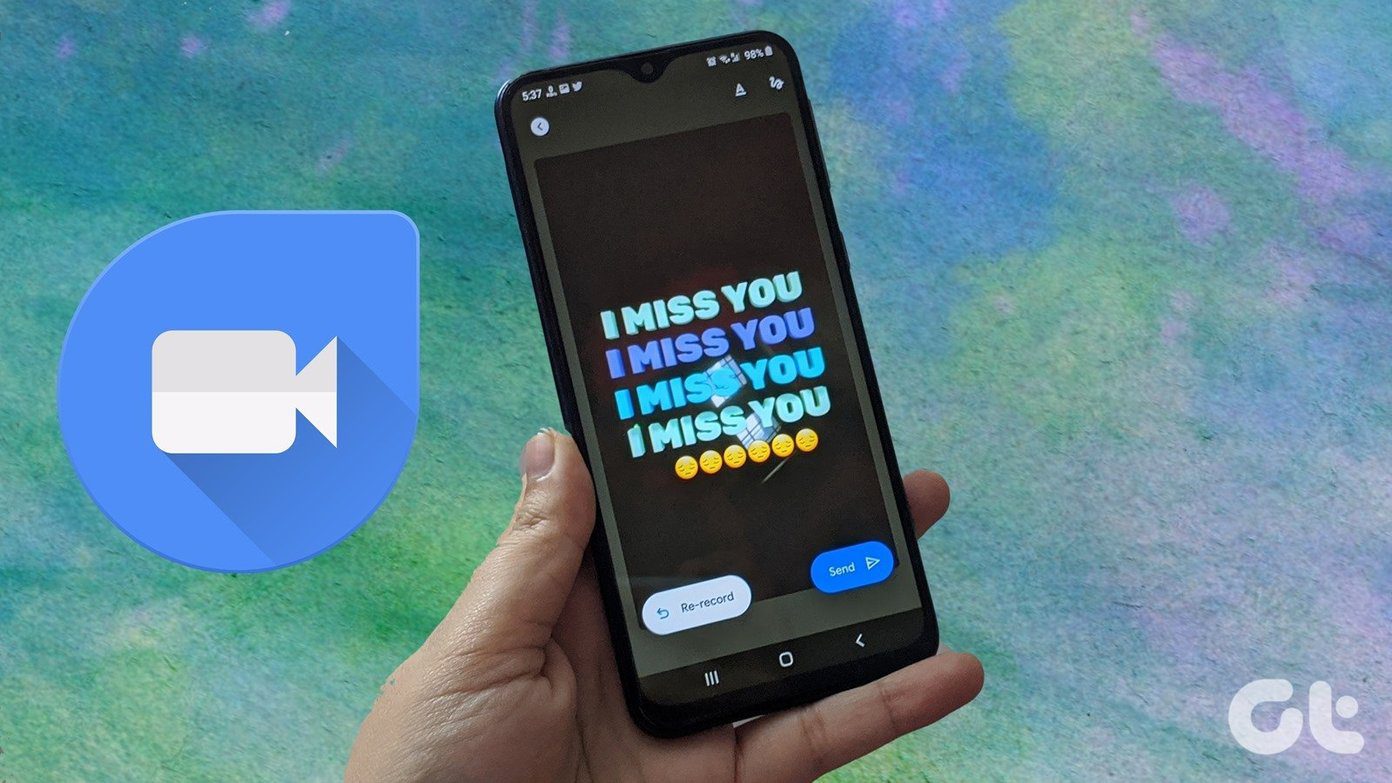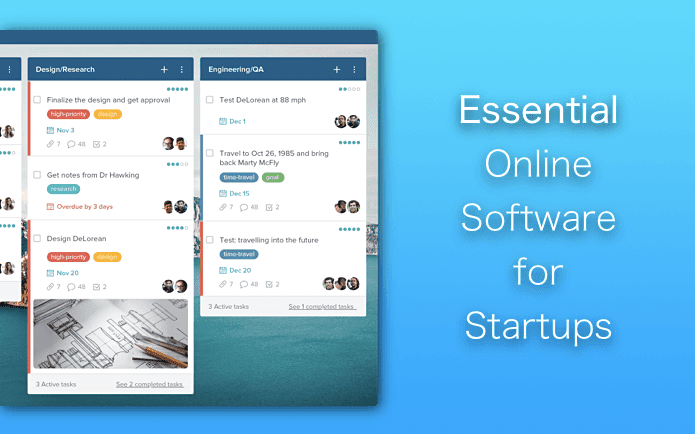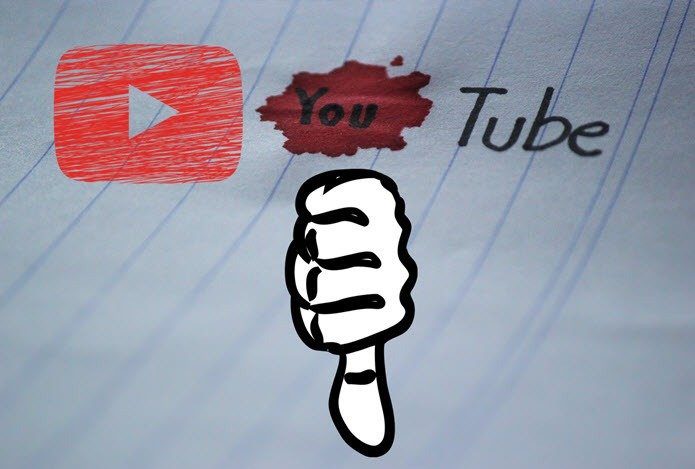While many users are of the opinion that Google’s ARCore is just a response to Apple’s ARKit. That is just the tip of the iceberg. While Google’s launch date for the ARCore might have been close to that of Apple ARKit, the two have a lot less in common. Apple with its closed ecosystem is likely to lead the AR game, but, Android has some big plans and wants to bring AR to more than 100 million devices. But even before we begin debating about that let’s find out more about ARCore and how is it different than Project Tango.
Why ARCore?
The first and the most obvious question is that when Google already had Project Tango then what was the need for ARCore. Project Tango relied heavily on hardware intensive devices such as the Asus ZenFone AR. With Tango, devices needed dedicated cameras and depth sensors to be able to present a perfect AR experience. However, with ARCore, Google wants to remove any such need or reliance on hardware for AR.
How is it Different?
Compared to Project Tango, ARCore has zero to very basic reliance on specialized hardware. The prime benefit will come to older devices when it is ready for them. Imagine a scenario where with just a software upgrade your old smartphone becomes AR ready.
How does it work?
Compared to devices based on Tango, ARCore makes use of the sensors and hardware that is already on the device to offer AR experience. This includes the camera and the general list of sensors including but not limited to gyroscope and accelerometer.
Is it Better or Worst?
While it is easy to implement and adopt, ARCore is not as elaborate as Project Tango. But even with its limited functionality, it can give good AR experience which is needed for games and applications alike. So while it is not as good as Project tango, it’s not bad either.
When Can I Get it on My Phone?
For now, Google has rolled out ARCore only on the latest Samsung Galaxy S8 and newer devices along with Pixel smartphones running Android 7.0 and later builds. The long term plan is to roll-out ARCore to all the 100-million Android devices. But Google has not released a finite timeline as yet. The above article may contain affiliate links which help support Guiding Tech. However, it does not affect our editorial integrity. The content remains unbiased and authentic.








